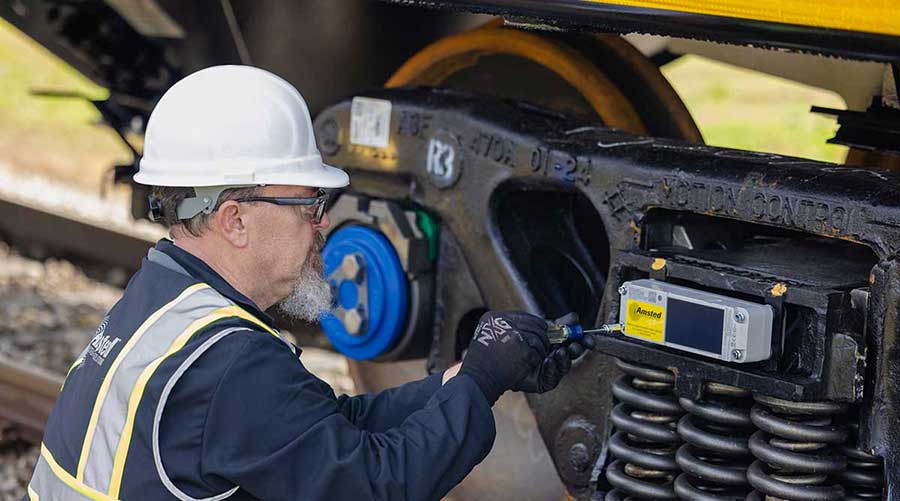Stay updated on news, articles and information for the rail industry
December 2011
Rail News: Short Lines & Regionals
Rail industry data and trends from Progressive Railroading December 2011
STB Determines Only One Class I Was 'Revenue Adequate' In 2010
Only one U.S. Class I — Union Pacific Railroad — was "revenue adequate" in calendar year 2010, according to the Surface Transportation Board's (STB) annual calculation of the freight-rail industry's average cost of capital. All other Class Is were found to be "revenue inadequate" for the year, the STB announced Nov. 3.
Still, 2010 was a better year than 2009, when the STB determined no Class I met the revenue adequacy threshold.
The STB considers a railroad to be revenue adequate if it achieves a rate of return on net investment equal to at least the current cost of capital for the industry, which the board determined to be 11.03 percent in 2010, STB officials said in a prepared statement.
UP's board-determined rate of return on net investment was 11.54 percent in 2010. The other Class Is' rates were: Norfolk Southern Railway, 10.96 percent; CSX Transportation, 10.85 percent; Kansas City Southern, 9.77 percent; BNSF Railway Co., 9.22 percent; CN (all U.S. affiliates), 9.21 percent; and Canadian Pacific (all U.S. affiliates), 8.01 percent.
Class Is Increase Hiring
U.S. Class Is have continued their hiring trend in late 2011. STB data showed that, as of mid-October, the freight railroads employed 160,251 people, up 0.1 percent from September and 3.9 percent from October 2010. On a year-over-year basis, all job sectors showed gains: transportation (train and engine), 4.3 percent; transportation (other than T&E, 2.5 percent; maintenance of equipment and stores, 0.7 percent; maintenance of way and structures, 4.5 percent; professional and administrative, 0.8 percent; and executives and staff assistants, up 3 percent. In June, Association of American Railroads President and Chief Executive Officer Ed Hamberger said Class Is anticipated hiring 15,000 workers in 2011 to accommodate traffic growth and replace retiring employees.
|
|
|
|
|
|
Keywords
Browse articles on revenue adequate revenue adequacy Union Pacific Surface Transportation Board STB railroad employment railroad jobs railroads hiring railroad traffic carload traffic intermodal short line traffic short line RailConnect Index Association of American RailroadsContact Progressive Railroading editorial staff.


 2025 MOW Spending Report: Passenger-rail programs
2025 MOW Spending Report: Passenger-rail programs
 Gardner steps down as Amtrak CEO
Gardner steps down as Amtrak CEO
 Guest comment: Oliver Wyman’s David Hunt
Guest comment: Oliver Wyman’s David Hunt
 Women of Influence in Rail eBook
Women of Influence in Rail eBook
 railPrime
railPrime








